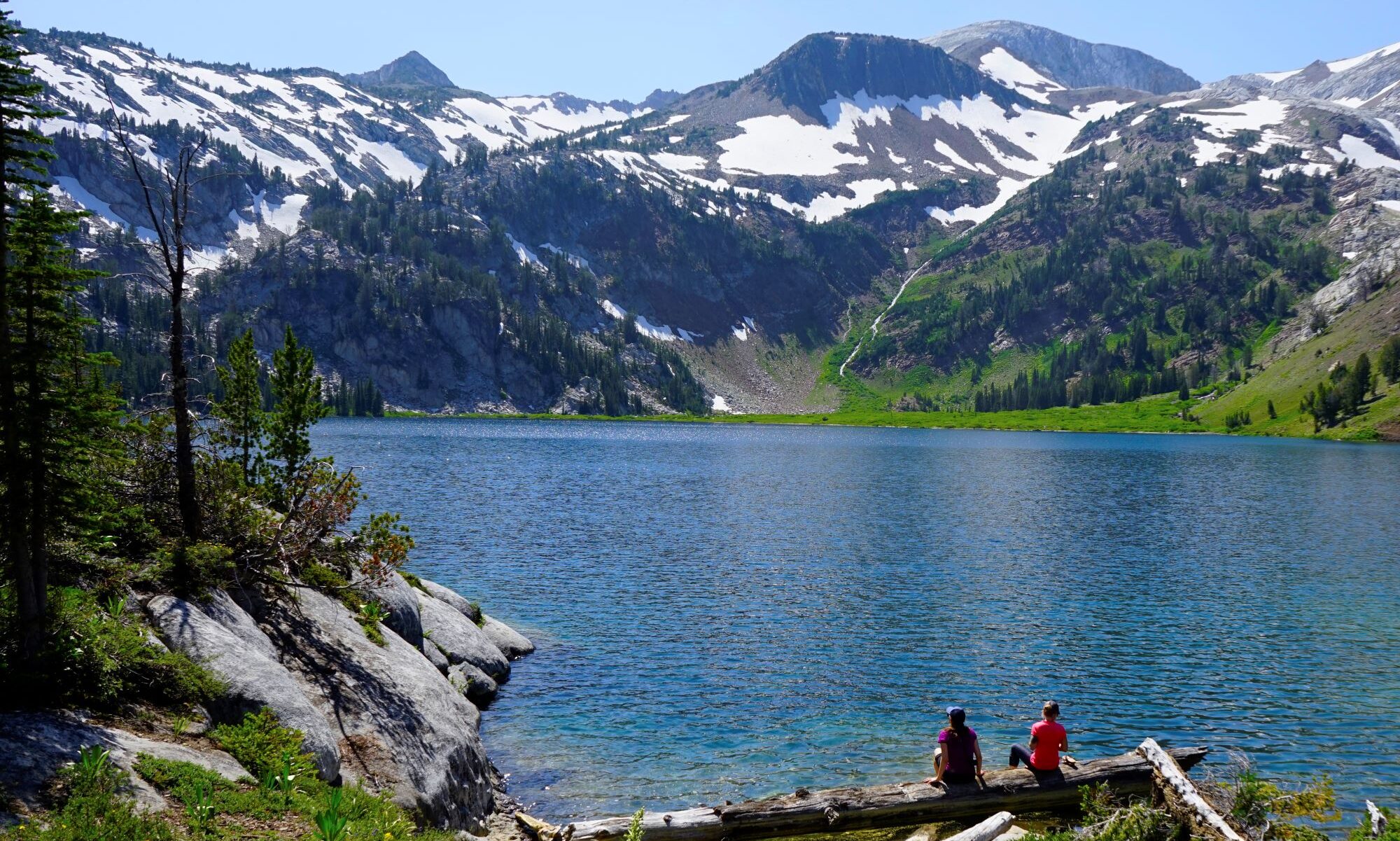by John Rettig, from the December 2020 Mazama Bulletin
It’s previously been noted in several Conservation Corner columns that the 1960s and 70s formed a pivotal period in awaking both the public and legislators to a national environmental, conservation, and land use awareness. The year 1970 stood out above all others, and we’ll wind up this year observing not just one but two very big and influential pieces of legislation that passed late that year—the Environmental Protection Agency and the Clean Air Act.
A little background is in order here: Although probably not intended at the time, the legislation coming out of that period ended abruptly in 1980, and the laws passed then still form the backbone for today’s laws. We look back at that time period as the golden period, simply because of the breadth and scope of what happened, and what was passed:
- 1962: Publishing of Rachel Carson’s Silent Spring
- 1964: Wilderness Act passed, initially designating 9.1 million acres of wilderness
- 1967: Environmental Defense Fund founded
- 1967: Oregon Beach Bill passed
- 1968: Wild and Scenic Rivers Act passed
- 1968: National Trails Act passed
- 1968: Redwoods National Park formed
- 1968: North Cascades National Park formed
- 1969: UNESCO conference on Man and His Environment
- 1970: National Environmental Policy Act (NEPA) signed into law
- 1970: First Earth Day observed
- 1970: EPA established
- 1970: Clean Air Act passed
- 1972: Supreme Court decision Sierra Club vs. Morton, giving conservation and environmental organizations standing
- 1972: Federal Water Pollution Control Amendments of 1972 passed
- 1972: DDT banned
- 1973: Endangered Species Act passed
- 1974: Discovery of atmospheric ozone depleting chemicals; phase out began
- 1975: Hells Canyon Protection Act passed, establishing a National Recreation Area
- 1976: National Forest Management Act (NFMA) passed
- 1980: Superfund Act passed
- 1980: Alaska National Interest Lands Conservation Act passed; added 56 million acres of Wilderness
ENVIRONMENTAL PROTECTION AGENCY
Leading up to the late 1960s, it was widely viewed that we needed a coordinated federal response to the many problems we were seeing with air and water pollution. Up to that point, much of the enforcement, and some of the legislation, was left up to the individual states. Results were mixed, and since air and water pollution usually didn’t respect state boundaries, it was viewed as an issue needing a national solution. Following the passage of the National Environmental Policy Act in January 1970, it was felt that we finally had some structure in place to have a coordinating federal agency oversee environmental protection, and that agency would be the EPA.
The EPA was created in December 1970 through Presidential executive order. Initially, it was primarily a technical assistance agency that set goals and standards. However, new acts and amendments soon to be passed by Congress gave the agency its regulatory authority. The burning Cuyahoga River in Cleveland, Ohio, caused by spontaneous ignition of illegal water pollution discharges by twelve different companies lining its banks, became one of its first issues successfully addressed and resulted in immediate improvements. This particular event also became a national poster child for the reason we needed the EPA.
The agency conducts environmental assessment, research, and education, and has the responsibility of maintaining and enforcing national standards under a variety of environmental laws, in consultation with state, tribal, and local governments. It delegates some permitting, monitoring, and enforcement responsibility to U.S. states and the federally recognized tribes. EPA enforcement powers include fines, sanctions, and other measures. The agency also works with industries and all levels of government in a wide variety of voluntary pollution prevention programs and energy conservation efforts.
CLEAN AIR ACT
Although the first air pollution legislation was passed in 1955, it was only intended to fund federal research into air pollution. Starting in the 1960s—first 1963, then later 1967—we started to see legislation for actual control of air pollution. Initially the U.S. Public Health Service administered control of air pollution, mostly to address areas subject to interstate air pollution. It wasn’t until the 1970 Clean Air Act that it grew some teeth, authorizing the development of comprehensive federal and state regulations to limit emissions from both stationary (industrial) sources and mobile (primarily auto, bus, truck, and off road equipment) sources. Four major regulatory programs affecting stationary industrial sources were initiated: • National Ambient Air Quality Standards (NAAQS) • State Implementation Plans (SIPs) • New Source Performance Standards (NSPS) • National Emission Standards for Hazardous Air Pollutants (NESHAPs).
Furthermore, enforcement was substantially expanded, and since passage occurred at approximately the same time as the EPA, the new agency administered these requirements.
Since 1970, commonly found air pollutants have been reduced by 50 percent, air toxics from large industrial sources, such as chemical plants, petroleum refineries, and paper mills have been reduced by nearly 70 percent, new cars are 90 percent cleaner, and we have ceased production of ozone-depleting chemicals.
The Clean Air Act was amended in 1977, and again in 1990. Today, the 1990 law forms the basis for the current Clean Air Act, but it is heavily rooted in the 1970 legislation.
WHAT CAN A MAZAMA DO?
If you want to know the status of EPA violations and enforcement actions close to your own neighborhood, simply enter your zip code at echo.epa.gov/ to get a listing. And as a citizen, you can also initiate reports of suspected violations at echo.epa.gov/ report-environmental-violations.

